The Transfagarasan in Romania, also known as Ceausescu’s Folly, is one of the greatest places to visit in Romania. Transfagarasan highway or DN7C is a high-quality mountain road crossing the Fagaras mountain. It stretches for 90 kilometres (56 miles) between the highest peaks in Romania, Moldoveanu and Negoiu.
Driving on the Transfagarasan is an incredible experience, as you’ll have to take on myriad hairpin turns, allowing you to admire some of the most stunning views. It’s an amazing drive that takes you to the top of the mountain, where you can relax with incredible vista points and have a cup of tea by the glacial Bâlea Lake.
This strategic road built in the early 1970s connects Transylvania to Wallachia and climbs to an altitude of 2,042 metres (6,699 ft), making it the second-highest paved mountain pass in Romania after the Transalpina.
Are you ready to venture on the Transfagarasan? Here is everything you need to know about this incredible road, named “The Best Road in the World” by the famed Top Gear presenter Jeremy Clarkson. Here’s everything you need to know about the Transfagarasan highway.
Table of Contents
- About Transfagarasan, Romania
- Where to start your Transfagarasan drive
- Transfagarasan Cable Car
- Best time to visit the Transfagarasan
- What to expect along the way
- The top of Transfagarasan Bâlea Lake
- Tips for driving on the Transfagarasan
- Deciding to drive on the Transfagarasan
- Questions about Transfagarasan
- Is driving on the Transfagarasan highway safe?
- Are there petrol stations along the way?
- Should I drive a manual or automatic car?
- Should I get a tour guide?
- Transfagarasan or Transaplina?
- Is one day enough for Transfagarasan?
- Should I drive or should I cycle?
About Transfagarasan, Romania
The Transfagarasan highway was constructed between 1970 and 1974 during the rule of Nicolae Ceaușescu as a response to the 1968 invasion of Czechoslovakia by the Soviet Union. the communist leader wanted to have quick military access across the mountains in case of an invasion.
The Transfagarasan which means across the Făgăraș Mountains connects northwestern and southern Romania. The Transfagarasan is a paved mountain road, taking us up to 2,042 m altitude. Because of its high altitude, means this highway can only be used for up to 3-4 months every year. For the rest of the months, Transfagarasan is covered in snow, making parts of the road impassable.
The construction of the Transfagasan had a high financial and human cost. For this project, roughly 6000 tons of dynamite were used by junior military personal as well as civilians untrained in using explosives. Some sources state that hundreds lost their lives during this project.
The Transfagarasan is the second highest mountain pass in Romania after the Transalpina. It is a winding road, dotted with steep hairpin turns, long S-curves, and sharp descents. It continues to be one of the top attractions in Romania amongst driving enthusiasts, cyclists and hikers.
Note that the average speed is around 40 km/h (25 mph) and you should not venture beyond this limit. The road is beautifully paved, making it a smooth driving experience all the way to the top where you’ll find Bâlea Lake and Bâlea Waterfall. Along the road, you’ll cross 5 tunnels and more viaducts than any other road in Romania. At Bâlea Lake, the Transfagasan passes through the Bâlea Tunnel (also known as Tunelul Capra), the longest road tunnel in Romania at 884 m (2,900 ft).
Interesting fact: The northern section of Transfagarasan is used for annual cycling competitions, including the Tour of Romania and Sibiu Cycling Tour.

Where to start your Transfagarasan drive
There are two ways to start your Transfagarasan drive:
From the North – This is our favourite way to explore the Transfagarasan and if possible we recommend that you take this route, preferably. It’s a lot more dramatic and special. Start from Cârțișoara and make your way up towards the famed Bâlea Lake. Along the way, you should stop to check out the Bâlea Waterfall and the Panorama Transfăgărășan, ideal for epic photos. Once at Bâlea Lake, we recommend that you stop and rest. There is parking near the lake and a chalet called Cabana Bâlea Lac. Stop and eat some traditional Romanian food. If you have time we recommend booking accommodation deep in the mountains. From Bâlea Lake you have several hiking trails into the mountains such as towards Șaua Caprei, Vf. Iezerul Caprei, Vânătarea lui Buteanu, Monumentul Alpiniștilor, Negoiu Peak and Moldoveanu Peak. On your descend, you will pass the Vidraru Dam which is a must-see in Romania.

From the South – via Curtea de Argeș where the Transfagarasan Highway officially starts. From Bucharest, it will take around 4 hours and a half to get to the top of Transfagarasan at Bâlea Lake. However, do allocate more time as you will pass some amazing attractions which you should stop and see along the way. See the Curtea de Arges Monastery which is full of history and folklore, see the Poenari Citadel, ruins of a centuries-old fortress up 1,480 steps with picturesque views of the mountains. Stop at the Valea lui Stan for a waterfall and check out the Vidraru Dam, a 166-m high dam, completed in 1966, with sweeping views. Once you reach Bâlea Lake you can take a break to admire the area or do some hiking trails. If you are tired this is the time to book your overnight accommodation. If you love hiking, then staying overnight is a must. When ready continue your drive on the Transfagarasan towards Cârțișoara. This is the best part of the Transfagarasan so make sure you are rested and ready for this epic drive. You will descend from the top of the mountain towards the valley. That’s where your Transfagarasan adventure ends. From here you can make your way back to Bucharest or head over to Brasov or Poiana Brasov for even more mountain adventures.
Don’t want to drive? Book a day trip from Bucharest to Transfagarasan. It’s so worth it!

Transfagarasan Cable Car
If you want to enjoy Transfagarasan from above, you can take a cable car from Bâlea Waterfall to Bâlea Lake. The cable car has daily scheduled trips at the following times: 09.30, 12.00, 15.00, 16.45. It’s important to note that the cable car runs every day of the year so when you with to visit outside of the season this is the only way to get to Bâlea Lake.
The price per person is 30 RON (£5) one way. Please note that if the weather is too windy, the cable car will not operate. The length of the cablecar’s route is 3700 m (2300 miles).
If you decide to take the cable car up, you can then hike back to the Bâlea Waterfall on foot. The hiking trail goes from the lake, via Valea Doamnei, to the waterfall and it takes roughly 2 hours and 30 minutes.
At the top of Bâlea Lake, there are lots of stalls with street food, souvenirs and local artisanal products. It’s a really beautiful place with so much to do and explore around.
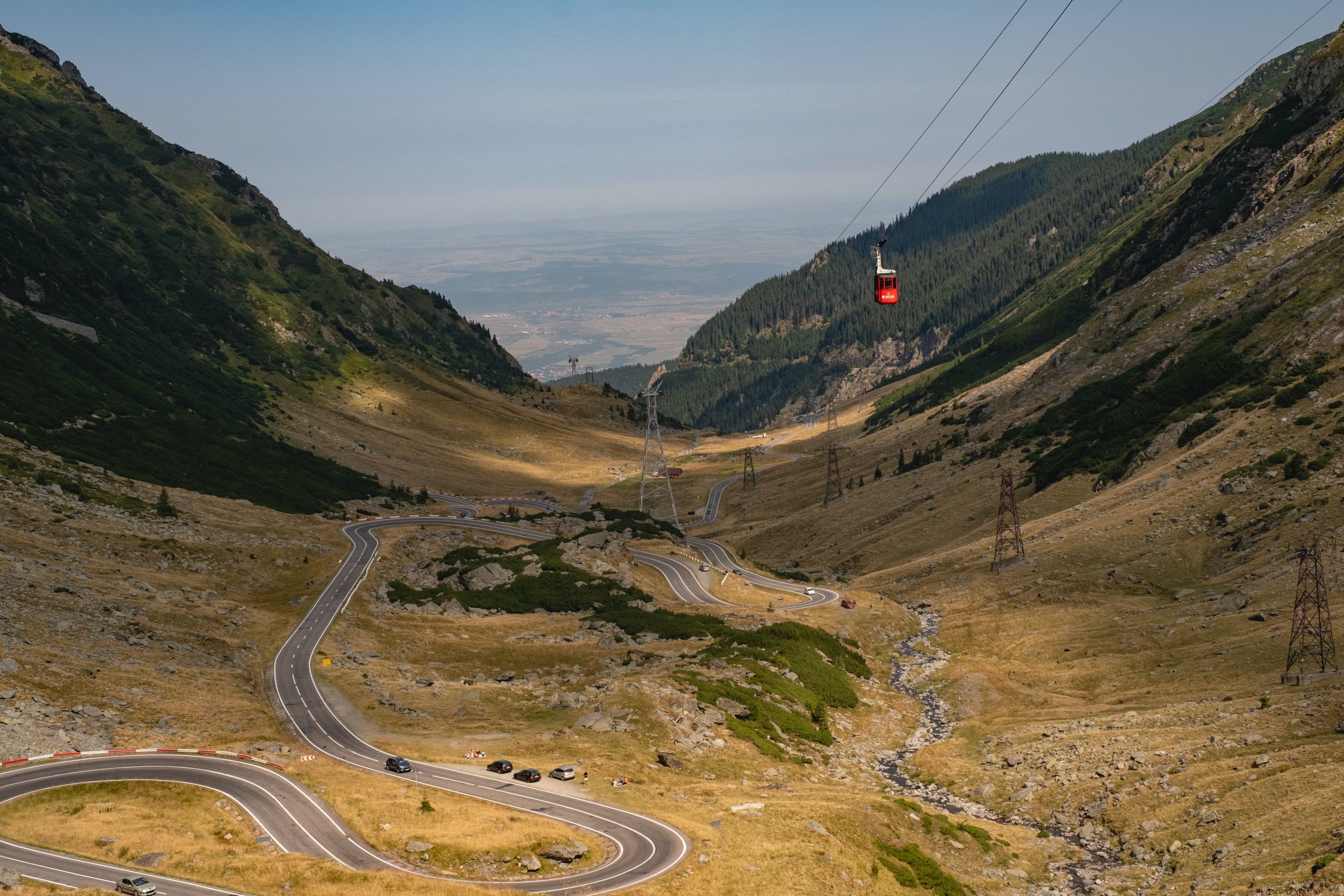
Best time to visit the Transfagarasan
Between November 1, 2021 – July 1, 2022, Transfagarasan road is closed. Always check the weather conditions before driving on the Transfagarasan. You can check live updates by checking this website.
The best time to visit the Transfagarasan is during the summer, ideally in August. It’s also peak season so there will be a lot more visitors here than usual. It’s important to remember that Bâlea Lake is a glacial lake located at 2000_ metres altitude which means you will always need a jacket and some waterproofs with you.
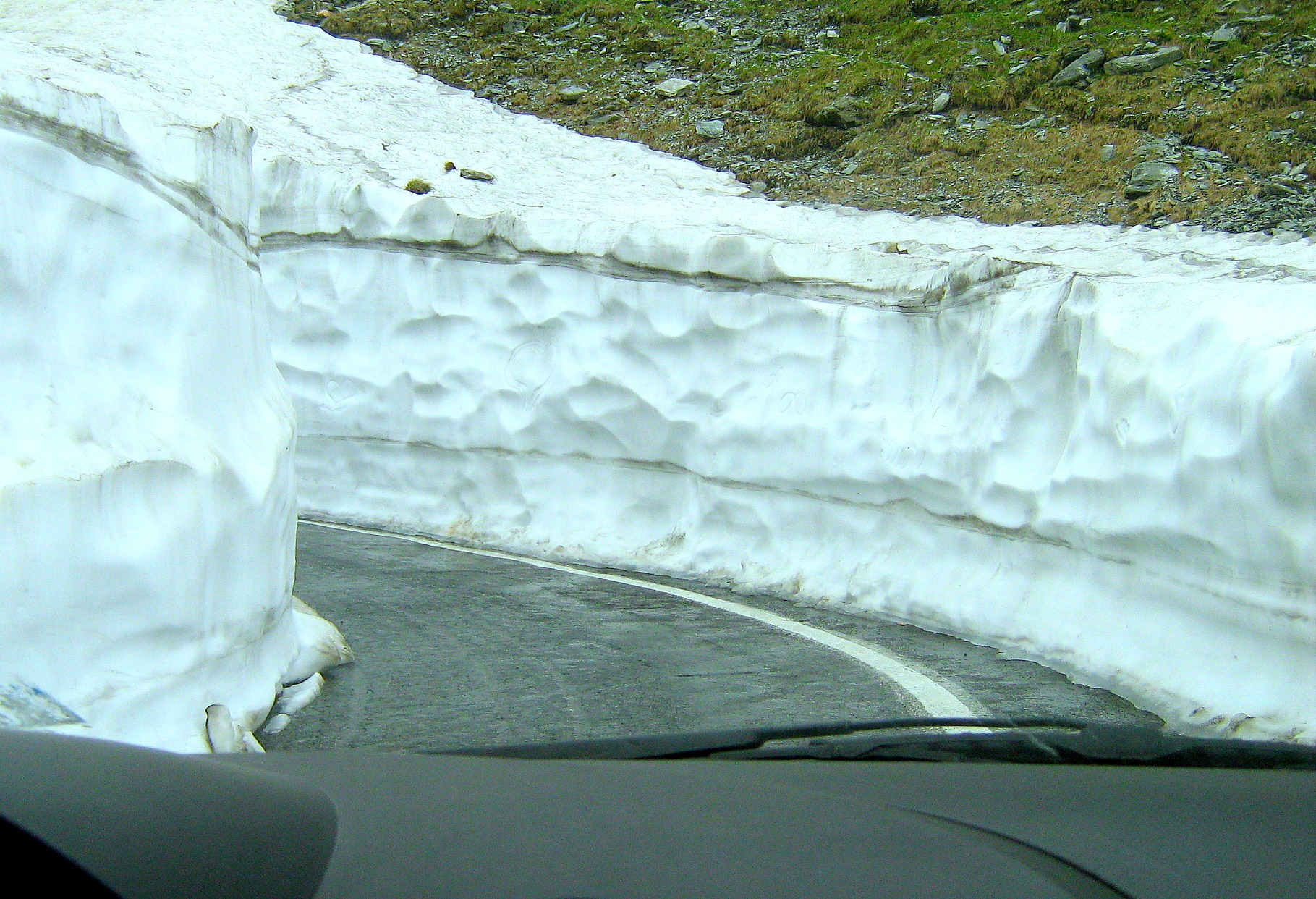
Even if there are 30+ degrees C at the bottom of the Transfagarasan, the weather can be foggy, wet and even icy at the top, making it even more exciting to visit. Even during the season, when the Transfagarasan is open, you can only drive on it between 6 am to 10 pm. It’s best to book overnight accommodation if you think you’ll have to drive outside of these times.
Tip: Transfagarasan is very popular amongst locals so if possible, it’s best to avoid driving on Transfagarasan during weekends or bank holidays.
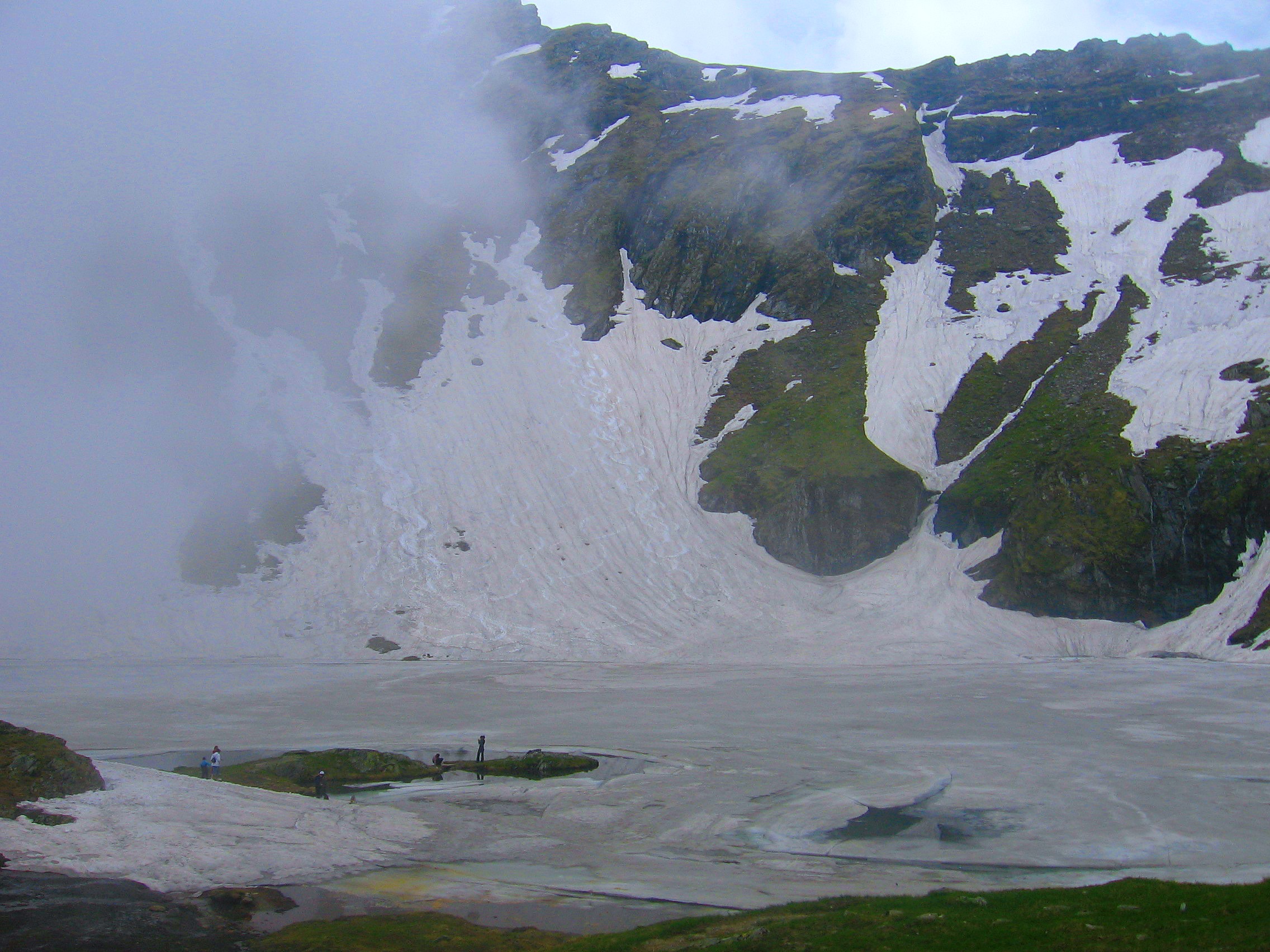
What to expect along the way
The Transfagarasan highway is an incredible attraction on its own with stunning vista points and marvellous chasms along the way. But you can do so much more on your road trip and discover incredible places and attractions along the way.
The Transfagarasan is a special road because it leads you to the hiking trail to the highest peak in Romania: Moldoveanu Peak at 2544 m. Furthermore, over 20 peaks with heights exceeding 2000 m can be found here. Peaks with elevations above 2400 – 2500 m such as Peak Moldoveanu with 2544 m, Peak Negoiu with 2535 m, Peak Big Vistea with 2527 m, Peak Lespezi with 2522 m or Peak Hunt Buteanu with 2507 m.
As you can already tell, the Transfagarasan is not just for driving enthusiasts but for hiking and climbing travellers too.

There are myriad alpine lakes found in the Fagarasa mountains too and between 30-70 glacial lakes depending on the season. The water in these alpine lakes is often crystal clear, and incredibly clean.
I absolutely recommend that you do the full journey from Cârțișoara to Curtea de Arges Monastery to enjoy all the riches the Transfagarasan highway has to offer along the way.
Add the following to your itinerary: Fairy Valley Clay Castle (Castelul de Lut Valea Zânelor), Cârţişoara Monastery, Bâlea Waterfall, Panorama Transfăgărășan, Bâlea Lake, Vidraru Dam, Valea lui Stan, Poenari Citadel (Castelul Poenari), Curtea de Arges Monastery.
The top of Transfagarasan Bâlea Lake
Bâlea Lake is a glacier lake situated at 2,034 m of altitude along the Transfagarasan. When you reach this lake, you know you are at the top of the highway. This is the best place to stop as there is a dedicated parking space here.
It is accessible by car on the Transfăgărășan road during the summer, and the rest of the year by a cable car from Bâlea Waterfall. There are two chalets opened year-round at Bâlea lake (Cabana Paltinu and Cabana Bâlea Lac), as well as a mountain rescue station. In the vicinity, there is also an ice hotel, the first-ever ice hotel in Eastern Europe.

If you are hungry, head over to Cabana Bâlea Lac where there is traditional Romanian food. The menu changes every season but the prices are around £3 for an appetiser (soup), £10 for a main and £5 for dessert.
For delicious street food, you can head over to the stalls and order kürtőskalács, a Hungarian dessert, or the Romanian mici which are small sausages without casing served with bread and mustard.
At the lake it’s the best time to walk around, take stunning pictures and just have a moment to realize how incredible the landscape really is. It’s also the ideal place to grab some souvenirs from the stalls run by local Romanian artisans.
There are several hiking trails you can enjoy as well. Here are our recommendations.
- From Bâlea Lake to Capra Lake – 31 min (1.6 km) one way.
- From Bâlea Lake to Vf. Laita – 56 min (2.4 km) one way.
- From Bâlea Lake to Vânătarea lui Buteanu – 48 min (2.2 km) one way.
- From Bâlea Lake to Peak Moldoveanu – 4 hr 12 min (12.6 km) one way.
Please note that most of these trails are difficult as they are high and deep in the mountains. To create your routes visit komoot.

Tips for driving on the Transfagarasan
The Transfagarasan is a difficult road to drive on and it’s not for the faint of heart. This highway is for experienced drivers because as it is beautiful it is also dangerous.
The best tip I have for you is to rent an automatic car if possible. With so many twists and turns, hairpins and curves, you will have a much better and easier time driving an automatic car here.
If you are not an experienced driver, best to leave it to the experts and hire a tour guide to take you to Transfagarasan on a day trip.
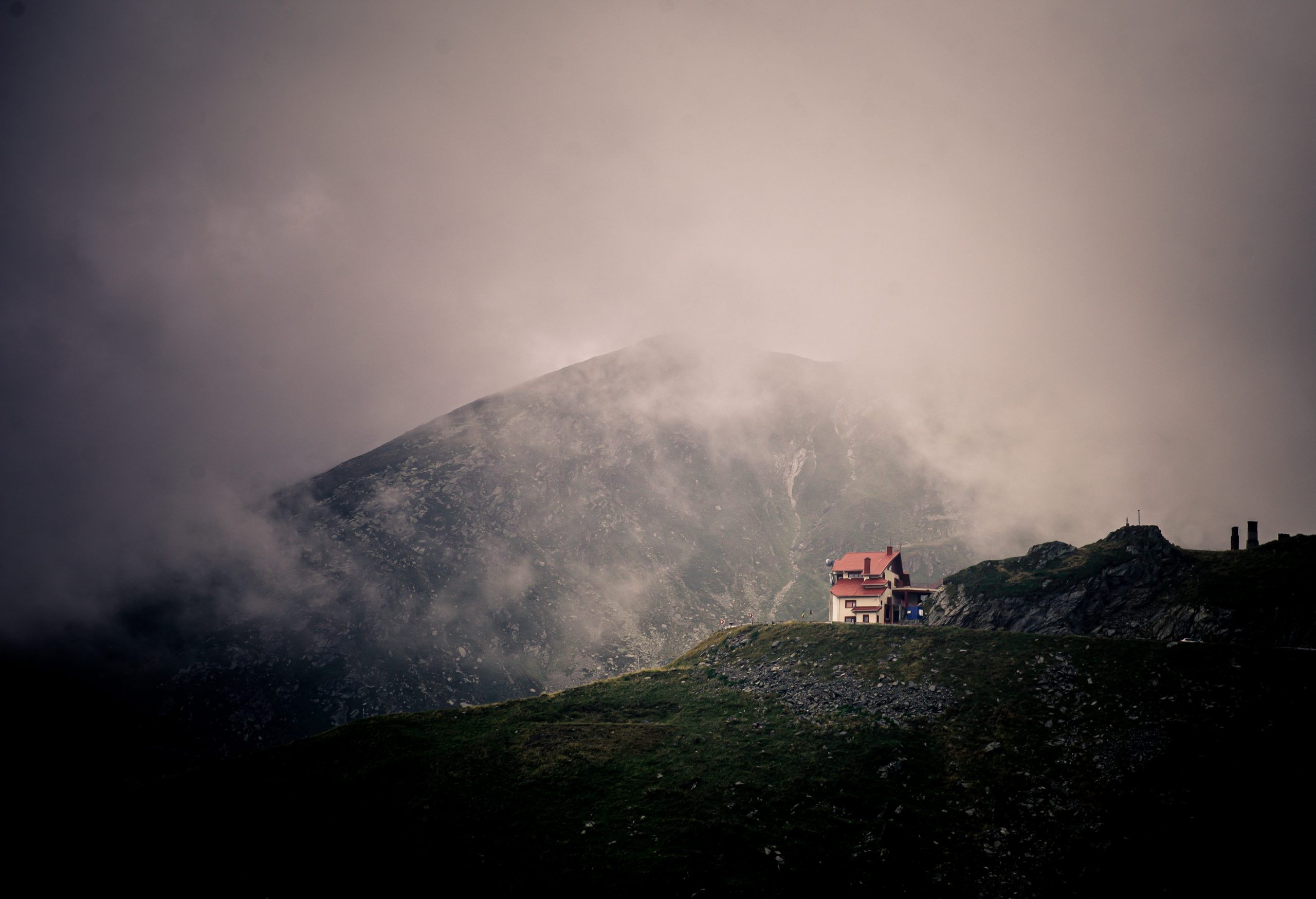
Always take this road seriously and if the road is closed due to weather conditions, make sure to respect the signs. If at any point you start feeling uncertain about driving on this road, just turn around at one of the refuge points. Safety first!
Remember you can always park the car at the Bâlea Waterfall and hike up to Bâlea Lake or take the cable car. This is a nice compromise for less experienced drivers.
Many of the hairpin turns have no protective barrier or reflective signs which is why you should always drive slowly, maintain the speed limit and drive during daylight only.
Just be patient and don’t allow other drivers to make you drive faster than you feel comfortable. When it’s safe, signal for them to overtake you and continue at your own speed. Keep in mind that this road is used by cyclists as well as shepherds with their large flocks as well. So take it easy and slow.
There is wildlife on and around the Transfagarasan highway and many spotted bears and cubs on the way up to Bâlea Lake. Respect the wildlife and don’t drive too fast around them to scare them.
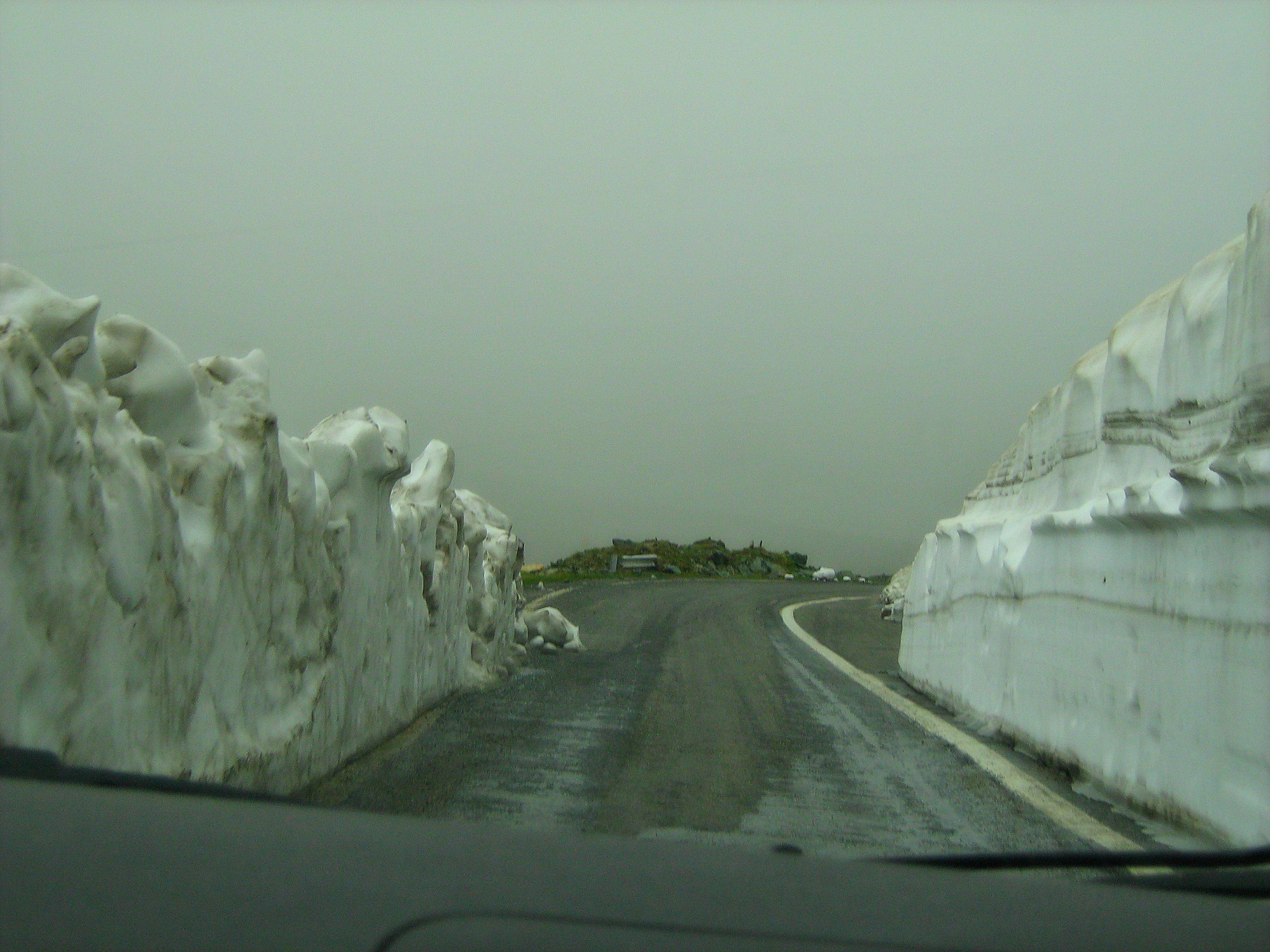
Deciding to drive on the Transfagarasan
If I haven’t managed to convince it so far that the Transfagarasan road is one of the best highways to drive on, then maybe a comment made by Top Gear will: in 2009 Jeremy Clarkson said the Transfagarasan is the best road in the world.
The Transfagarasan is well paved, the views are outstanding the drive itself is one of the most exhilarating road trips ever. You will have moments when your heart will skip a beat, but all in all, I can assure you that driving on the Transfagarasan will be one of the most incredible rides you’ll ever have.
Questions about Transfagarasan
I’ve done the Transfagarasan 3 times in my life and throughout the years I got a number of questions from people eager to experience it. To make it easier, here are the FAQ with all the answers for you.
Is driving on the Transfagarasan highway safe?
Yes, it is safe to drive on the Transfagarasan, as long as you respect the speed limit and you only drive on the road when it’s officially open.
Are there petrol stations along the way?
No, there are no petrol stations on the Transfagarasan. You can fill up just before Cârțișoara at a petrol station called Lukoil. If you drive from the south, fill up just after Curtea de Argeș at a petrol station called Rompetrol.

Should I drive a manual or automatic car?
If you can, we 100% recommend driving an automatic on the Transfagarasan. Your trip will be so much nicer and easier. If you are visiting Romania and you’re renting a car, definitely get an automatic with a good engine size. You will be driving up the mountain at low speeds, so you need to make sure your car can do all of it with ease.
Should I get a tour guide?
If you are not a comfortable or experienced driver, booking a tour from Bucharest to Transfagarasan for a day trip might be the best idea. These are expert drivers with years of experience in any climate and road condition.
Transfagarasan or Transaplina?
They are both gorgeous roads that should be visited when you are in Romania. Transfagarasan is more dramatic, with cliffs and chasms and hairpins. It’s also more popular. Transalpina is a smoother road on the plateau. Less difficult, but with equally stunning vista points from the top.
Is one day enough for Transfagarasan?
If you start at first light in the morning, then yes, one day should be enough. It usually is for more people. However, if you wish to take some of the hiking trails, stop for a few hours to explore the area, then you might want to consider booking accommodation for the night. We recommend this hotel called Cabana Conacul Ursului as it has the most reasonable prices and reviews. The rest need to be contacted individually to book over the phone or via email and most of them are well booked months in advance.
Should I drive or should I cycle?
Both are equally fun but know that cycling can be challenging on the Transfagarasan. Many cyclists get a lift in the car with friends to the top of the mountain on Bâlea Lake, then descend by bike on the Transfagarasan. There are however many cyclists who like to do the whole highway by bike. You will need to rest overnight and be prepared for unpredictable weather.
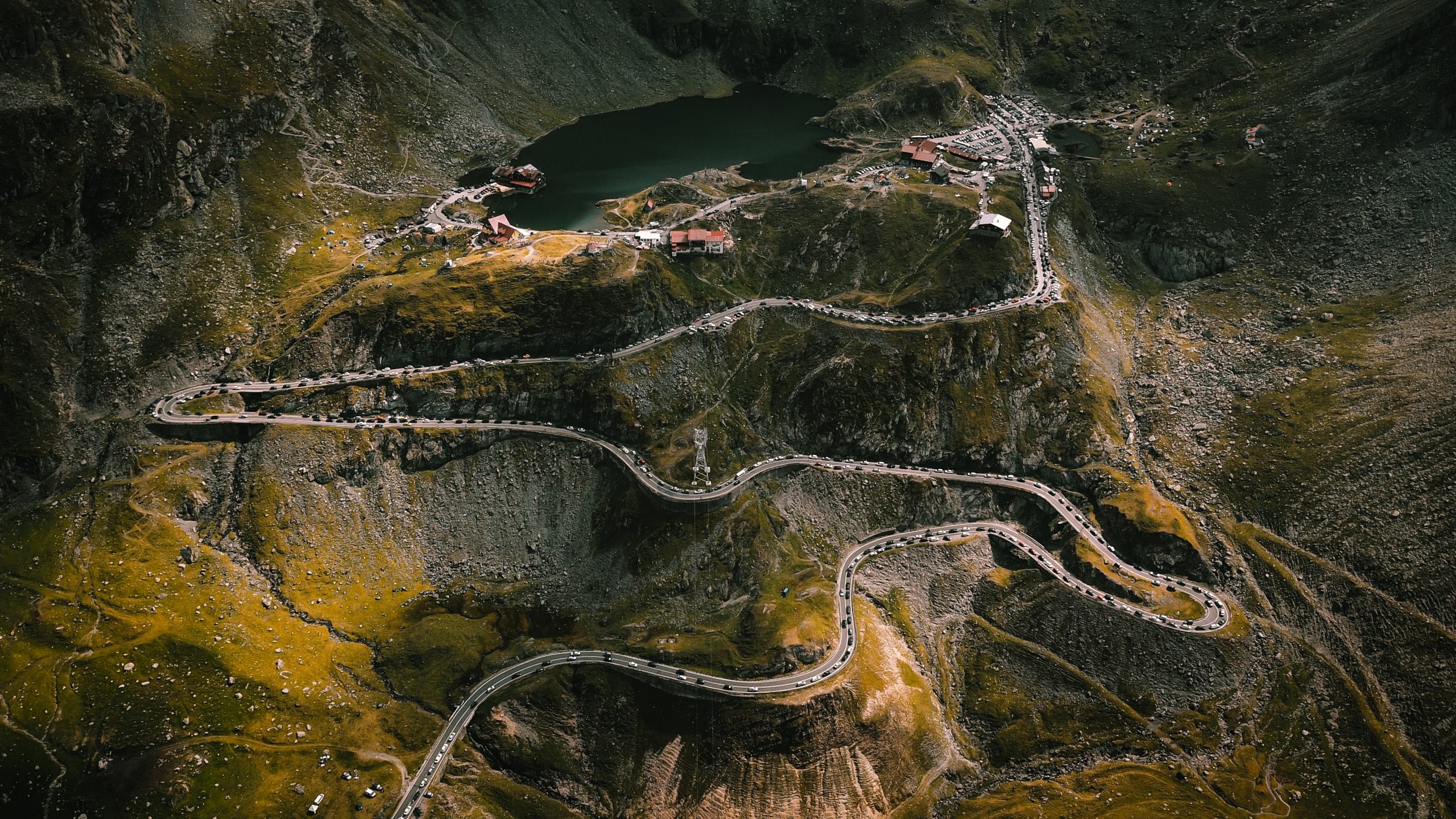
Transfagarasan is definitely the best road to drive on in Romania and one of the main attractions in the country. It’s beautiful, exhilarating and so much fun. It’s definitely something to add to your wishlist as a must-do when visiting Romanian. You are going to have so much fun. Speaking of which, we can’t wait to hear from you. Tell us about your Transfagarasan adventure in the comments section below!

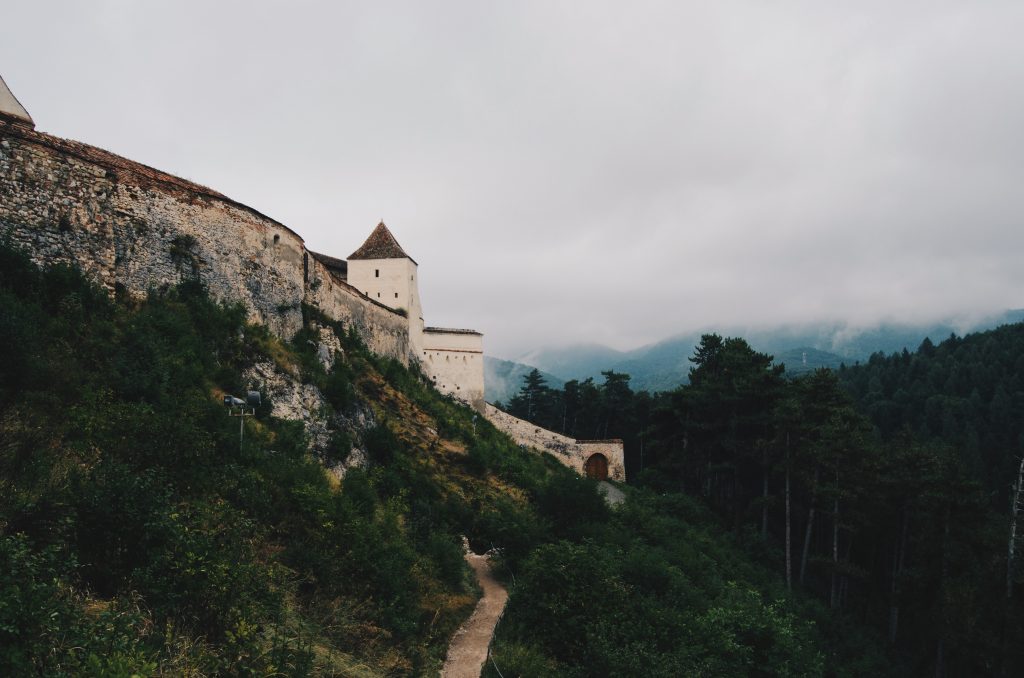
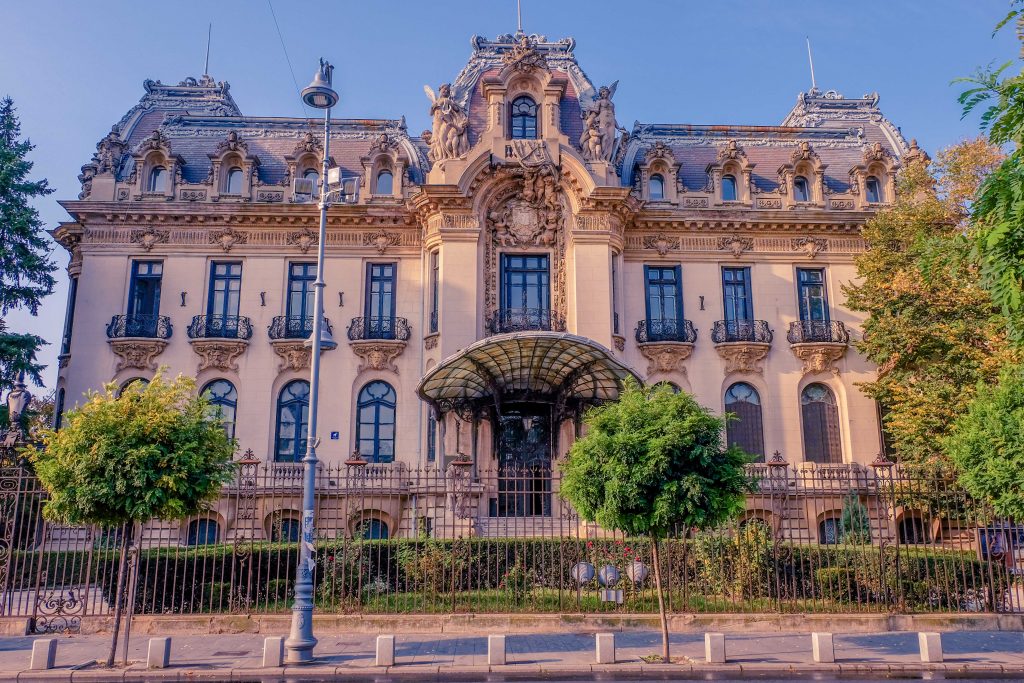
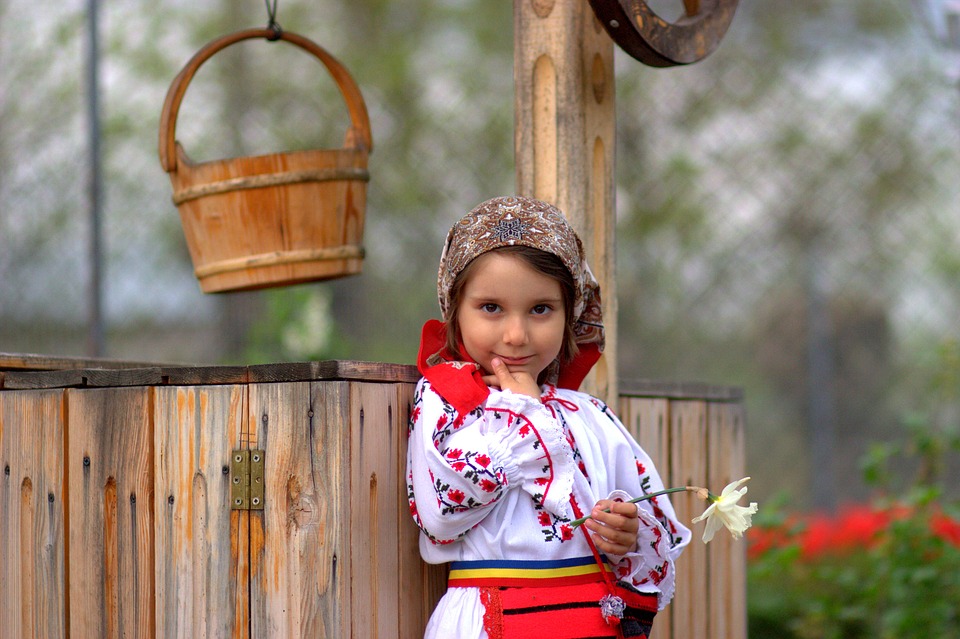
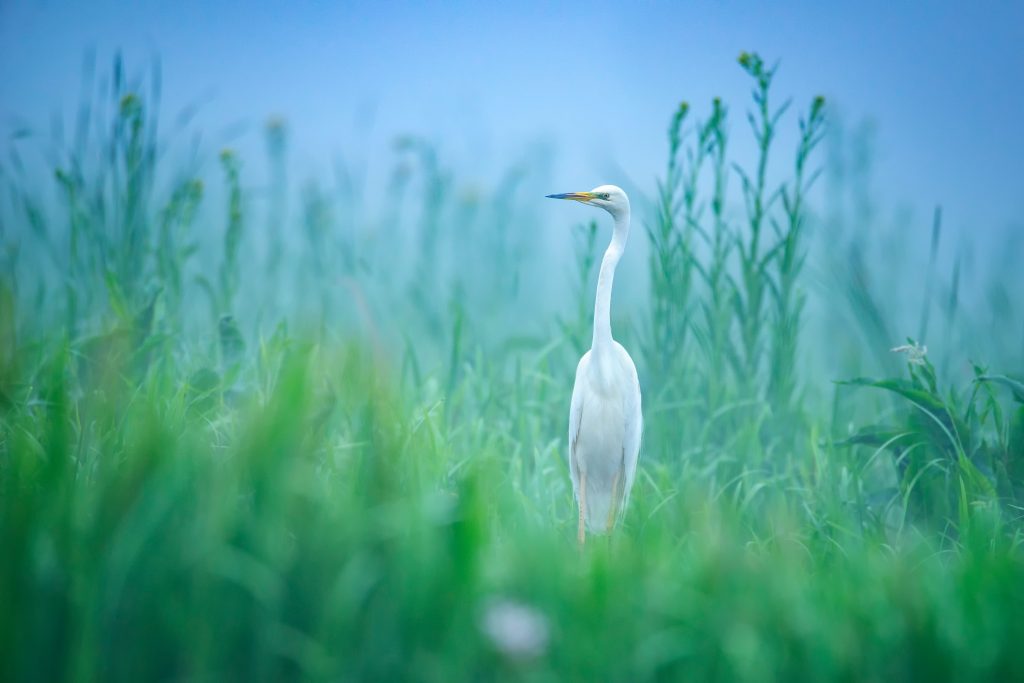
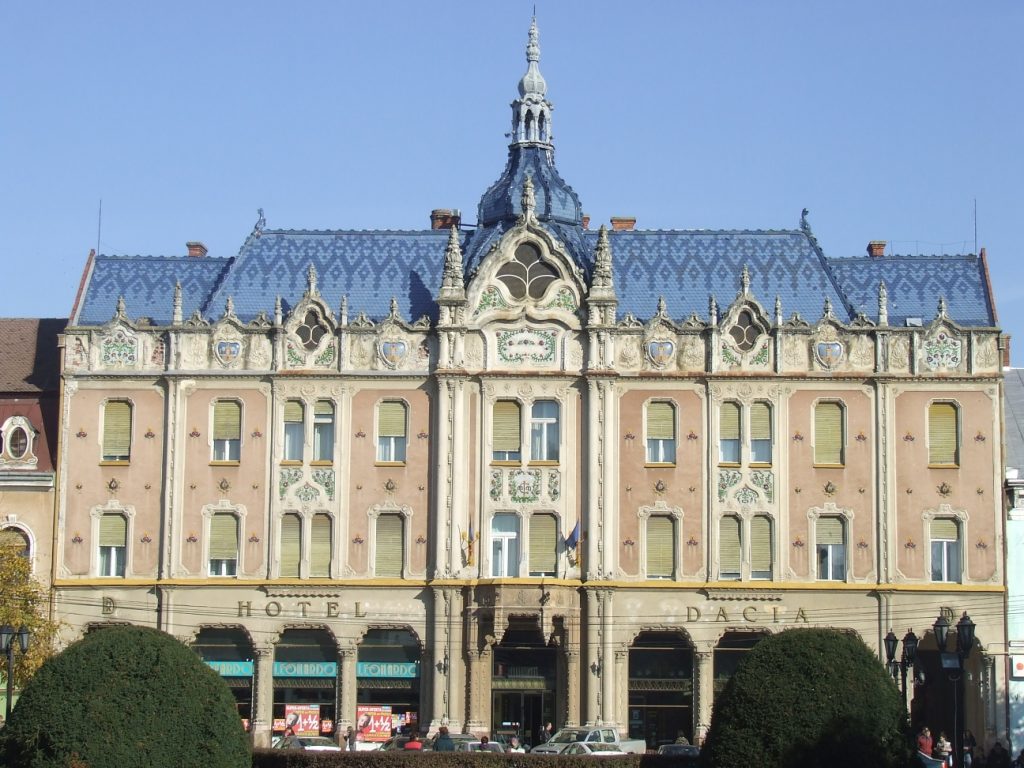



Leave a Reply